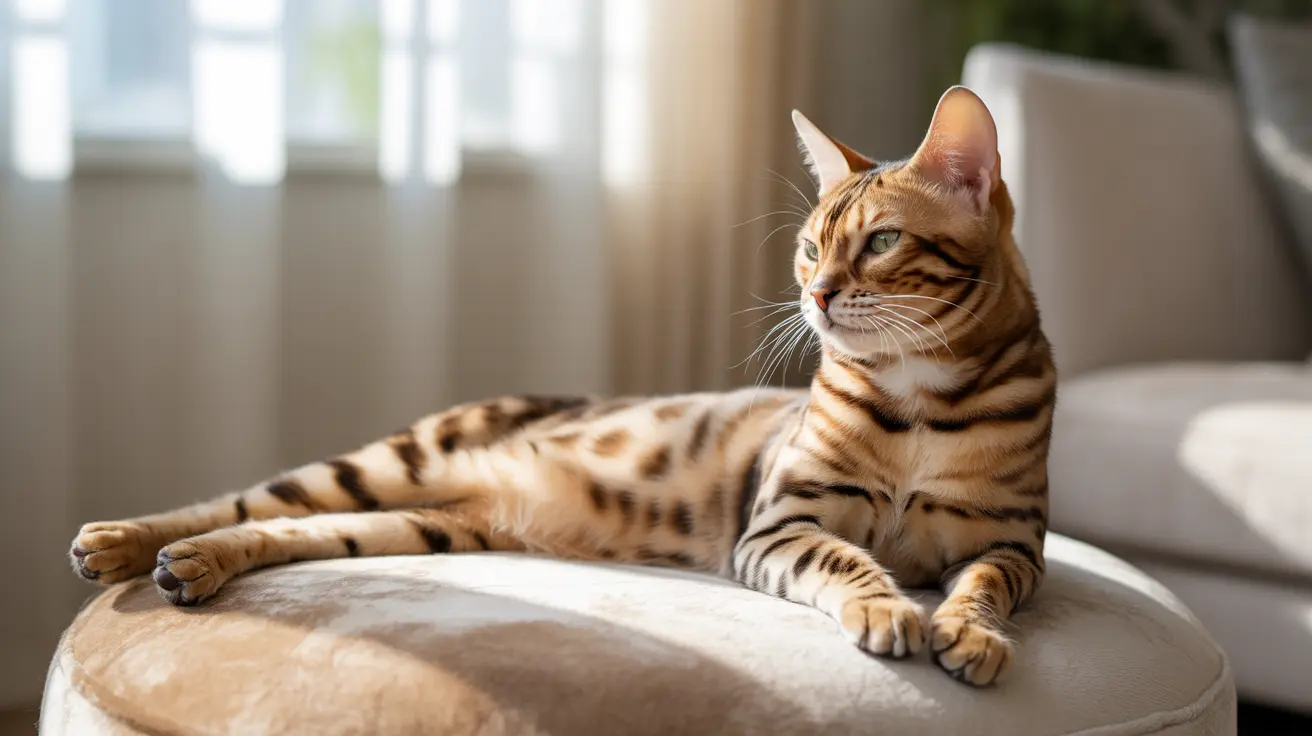Introduction
The fascinating world of cat colors represents one of nature's most intricate genetic displays. From solid blacks to striking calicos, each cat's unique coat tells a complex story of genetic inheritance and evolutionary adaptation. Understanding cat colors goes beyond mere aesthetics – it provides insights into feline genetics, health predispositions, and even hints at a cat's ancestral lineage.
In this comprehensive guide, we'll explore the science behind cat colors, decode the genetic mysteries that create various patterns, and understand how different coat colors emerge through complex genetic interactions.
The Basic Building Blocks of Cat Colors
At the heart of feline coloration are two fundamental pigments: eumelanin and pheomelanin. Eumelanin is responsible for black and brown shades, while pheomelanin creates orange, red, and yellow hues. These pigments, combined with various genetic factors, create the vast spectrum of cat colors we see today.
Primary Color Genes
The B gene determines whether a cat will be black, chocolate, or cinnamon. The dominant form produces black coloring, while recessive variations result in chocolate or cinnamon shades. Additionally, the O gene, located on the X chromosome, controls orange coloration, leading to interesting sex-linked color patterns.
Pattern Development and Genetic Modifiers
Tabby patterns, the most common among domestic cats, showcase the interplay between multiple genes. The agouti gene creates the characteristic banded appearance of individual hairs, while other genes determine whether the pattern will be mackerel, classic, spotted, or ticked.
Special Color Combinations
Tortoiseshell and calico patterns result from the unique interaction of orange and black genes on female cats' two X chromosomes. This explains why these patterns are almost exclusively found in females, with male tortoiseshells being extremely rare and usually sterile.
White Cats and Color Points
The dominant white gene can mask all other colors, creating pure white cats. This gene can also influence eye color and, in some cases, is associated with deafness. Color-pointed cats, like Siamese, showcase a fascinating temperature-sensitive mutation that creates darker colors on cooler body parts.
Health Considerations and Color-Related Traits
Certain coat colors can indicate potential health considerations. White cats with blue eyes have a higher likelihood of congenital deafness, while some colors may have loose associations with specific personality traits, though scientific evidence for behavioral links remains limited.
Frequently Asked Questions
How do genes determine the colors and patterns of a cat's coat?
Genes control the production and distribution of two main pigments: eumelanin (black/brown) and pheomelanin (red/orange). Multiple genes interact to determine the final color and pattern, including the B gene for black variants, the O gene for orange, and various pattern-modifying genes.
Why are most orange cats male, and how does this relate to genetics?
The orange color gene is located on the X chromosome. Males have only one X chromosome, so they only need one copy of the orange gene to be orange. Females have two X chromosomes and need the orange gene on both to be fully orange, making it statistically more common in males.
What is the difference between tortoiseshell and calico cats in terms of genetics?
Both patterns result from the interaction of orange and black genes on X chromosomes. Tortoiseshell cats show a mottled mix of these colors, while calicos have distinct patches of orange, black, and white due to the additional white spotting gene.
How can I predict the coat color of my cat's kittens based on their parents?
Predicting kitten colors requires understanding both parents' genetic makeup. The mother's colors are particularly important for male kittens, as they inherit their X chromosome from her. However, recessive genes can create unexpected colors in the offspring.
Are there any health risks associated with specific cat coat colors or patterns?
White cats, especially those with blue eyes, have a higher risk of congenital deafness. Beyond this well-documented connection, most coat colors don't directly indicate health risks, though certain breeds may have color-linked predispositions to specific conditions.
Conclusion
The diversity of cat colors represents one of nature's most beautiful displays of genetic complexity. Understanding these patterns helps us appreciate the intricate science behind our feline friends' appearance while providing valuable insights for breeders and pet owners alike. Whether you're a casual cat lover or a serious breeder, knowledge of cat colors enhances our appreciation of these remarkable animals.






